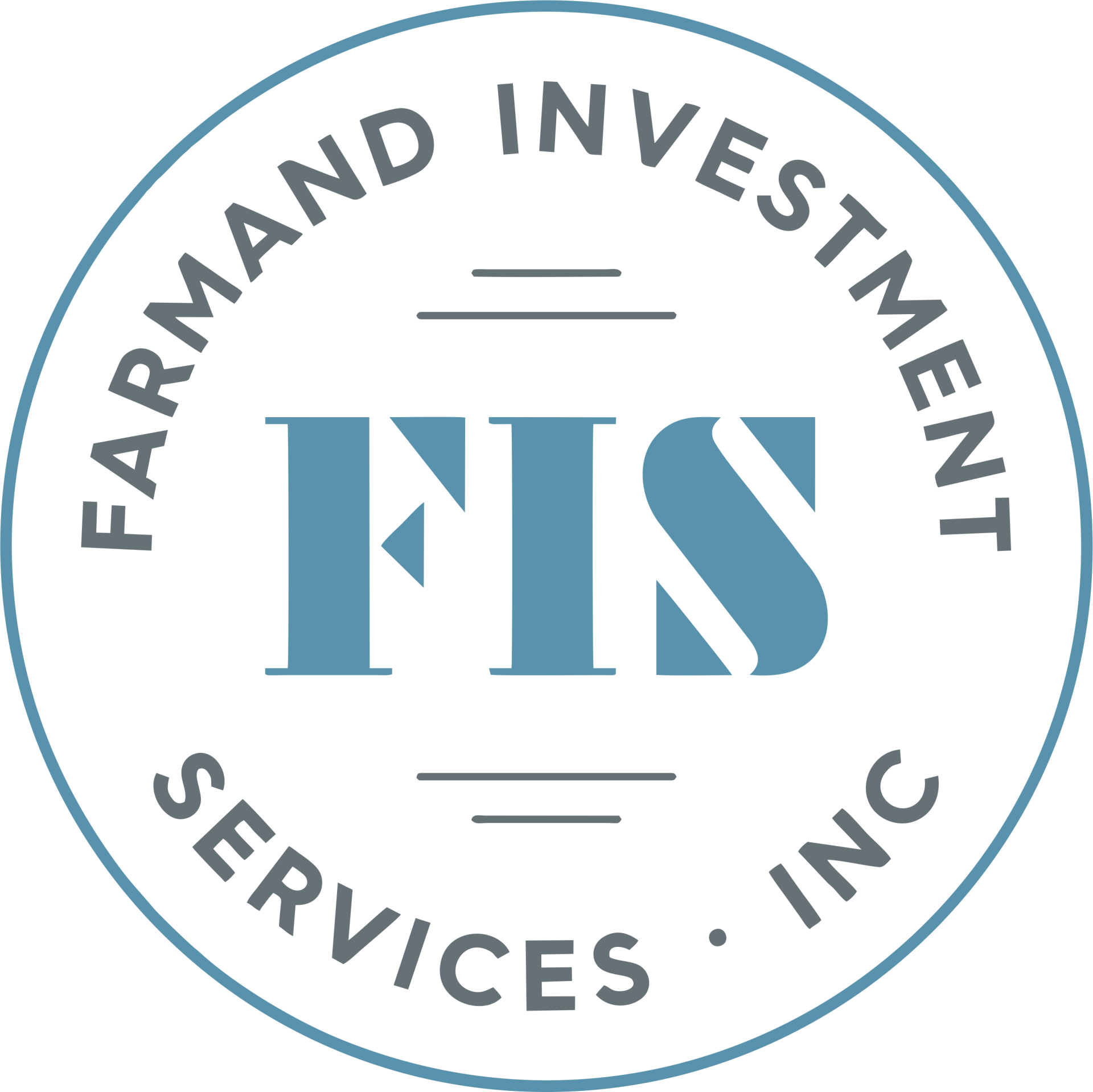Quarterly Investment Update - 2nd Quarter 2022
Dear Clients and Friends,
First of all, I hope you and your family had a great July 4th Independence Day celebration weekend.
Let us start with the bad news. The first six months of 2022 mark the S & P 500’s worst performance in 52 years. As you are already aware, our stocks and bonds in our portfolios were not spared from the selling. The United States began 2022 with great promise. We expected GDP growth of more than 4% in real terms, ongoing monthly job gains in the hundreds of thousands, and decelerating inflation pressures. We recognized the risk posed by a Russian troop building on Ukraine’s border, but our base-case scenario did not anticipate that Russian President, Vladimir Putin would order an invasion of Ukraine given the consistent, unified warnings about the consequences from the United States and its European allies.
The second quarter continued with much volatility, and it was exasperated on June 15 after Federal Reserve Board Chair Jerome Powell delivered a 75-basis point hike. Jerome Powell also said another huge move is likely in July. Higher interest rates mean slower-economic growth. Slower growth means that inflation may be under control. When inflation gets under control, stocks will rebound. So long as inflation remains out of control, stocks will keep falling. Over the past few months, the Fed’s actions did not provide much support to help calm inflation. Quarter-point hikes do not do much when you are starting at zero and inflation is above 8%. But 75-basis-point hikes do a lot, and when strung together, they should pack a powerful enough punch to stomp out inflation. It is important to note that inflation (not the Fed) is the driver behind the recent stock market declines. The Fed did not start hiking rates until March 2022. This current market selloff started well before that, in November 2021.
The last and arguably the most important implication of the last Fed decision is that Treasury yields have likely topped out. A spiking 10-year Treasury yield has been causing harm to stocks all year long, mostly because higher bond yields mean lower equity valuations. So long as yields keep surging, stocks will keep falling. If all goes according to plan, then the Fed’s target interest rate should top out at around 3.4%. Historically speaking, the 10-year Treasury yield tends to top out at levels largely in line with the maximum interest rate in any given rate like cycle. If that proves to be 3.4% in the current cycle, then the 10-year Treasury yield has topped out and is ready for a pullback.
By now, you have certainly heard that a recession over the next 12 months is very likely. The Fed aggressively hiking interest rates into an already slowing economy, and historically, that combination almost always leads to a recession. Recently, we received another batch of data which illustrated that, indeed, the U. S. economy is falling into a recession. Industrial production growth slowed in May, the leading economic indicators index dropped for a second straight month. However, inflation is a tough sucker to kill quickly. In order to do that, we need all the help we can get. We need current labor shortages to abate. We need economic demand to fall. And we may even need a recession. Investors understand that priority number one right now is killing inflation. So, if we want to kill inflation quickly, we are going to need a recession. Not a big one like 2008 or the 1930’s. But we need a short, shallow, regular, run-of-the mill recession like the early 2000’s and early 1990’s.
As we all know, inflation is a function of supply and demand. If supply is improving and demand is falling, inflation should subside over the next few months. On the supply side, multiple economic data points are showing that the COVID – related supply chain disruptions of 2020 and 2021 are gradually subsiding in 2022. On the demand side, the growth in the volume of money circulating in the U. S. economy is slowing. Specifically, M2 money supply growth is moderating. M2 is measure of the money supply that includes cash, checking deposits, and easily convertible near money. During the post-COVID money printing boom, the year-over-year growth in M2 money supply averaged north of 20% throughout 2020 and north of 10% throughout 2021. But in recent months, M2 money supply growth has dropped into its historically normal ranges of 5% to 10%. With demand falling and supply rising, we feel that the stage is set for meaningful deceleration of inflation for the rest of the year.
During the quarter, we added several positions in the equity portions of our portfolios including Vimeo, Inc. (VMEO), MGM Resorts International (MGM), Realogy Holdings Corp. (RLG), which we previously owned and Warner Bros. Discovery, Inc. (WBD), which was formed by liquidating Discovery Holdings (DSCA) as well as the partial spinoff from AT &T. As far as sales were concerned, we sold several positions, including Disney (DIS), Kraft Heinz Company (KHC) and Prosy (PROSY), which we sold for tax purposes. We added a new sector in the Fixed Income section called Treasury Inflation Protection Securities (I Bonds, ETF’s), which include all publicly-issued United States Treasury inflation – protected securities that have at least one year remaining to maturity, are rated investment-grade and have $300 million or more of outstanding face value. We established several positions in the performance of the inflation protected public obligations of the U.S. Treasury commonly known as “TIPS”, including iShares TIPS Bond ETF (TIP), SPDR Portfolio TIPS ETF (SPIP), iShares 0–5-year TIPS Bond ETF (STIP) and Vanguard short-term inflation – protected securities Index Fund (VTIP).
As far as our investment strategy is concerned, we continue to maintain our standard two-pronged strategy, which is to maintain a substantial exposure to common stocks (and mutual funds) as long as there is reasonable prospect for double – digit returns. Furthermore, we will continue to take profits more frequently so that we could gradually increase our weighting in cash as well as the fixed income portion of our portfolios. During the quarter, we continued with our average asset allocation mix of 40%-50% Equity, 40%-50% Fixed Income and 0%-20% cash for most of the portfolios.
We want to thank all of you for giving our firm the opportunity to serve you. We thank you very much for the trust and confidence you have placed in our firm as it is always appreciated. Please contact us should you have any questions or comments. Also, we want to invite you to visit our website at www.farmandinvestments.com for a quick Retirement calculator, our latest firm news and Market Commentary Archives. We hope that you are keeping yourself and your loved ones and your community safe from COVID-19.

